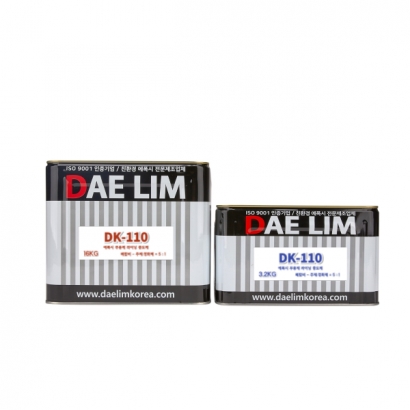
Enhanced Chemical Resistance: Outstanding resistance to various chemicals, ideal for industrial environments.
Abrasion Resistance: Withstands impact and friction, extending the floor’s lifespan.
High-Gloss Finish: Provides a polished look, brightening spaces and making them more inviting. The surface is also easy to clean.
Exceptional Physical Properties: Offers superior abrasion, impact, and chemical resistance for stable performance in diverse environments.
Factories and Warehouses: Ideal for factory and warehouse floors, where high traffic and heavy wear are common, ensuring long-lasting durability.
Category | Epoxy Floor Intermediate Coat (DK-110) | |
Resin | Hardener | |
Type | Epoxy | Polyamine |
Appearance/Color | Green, Gray, Other | Light yellow |
Mixing Ratio | Resin/Hardener= 5: 1 | |
Pot Life | 40 minutes ± 10 minutes (25℃) | |
Full Curing time | 24-36hours (25℃) | |
Packaging Unit | 16kg | 3.2kg |
1. Surface Preparation
2. Priming
3. Crack Filling
4. Intermediate Coating (Epoxy Lining)
5. Topcoat Application